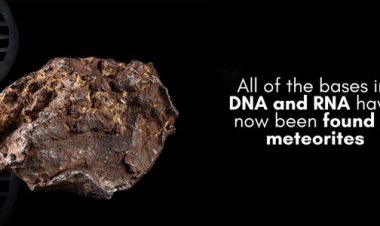James Webb Telescope ALERT System Just Detected A Weird Structure In Space
NASA's quest to explore the unknown depths of space is an endless journey that often leaves us spellbound. The burning question that lingers is: when will we be able to unlock the mysteries of exoplanets in the universe?
NASA's quest to explore the unknown depths of space is an endless journey that often leaves us spellbound. The burning question that lingers is: when will we be able to unlock the mysteries of exoplanets in the universe? Countless exoplanets are scattered throughout the cosmos, but we have yet to discover their true nature. That is, until now. The James Webb Space Telescope, a marvel of modern technology, has made a groundbreaking discovery that could change the course of space exploration. For the first time ever, carbon dioxide has been detected in the atmosphere of an exoplanet, giving us a glimpse into what may be a world akin to our own. The groundbreaking discovery of carbon dioxide in an exoplanet's atmosphere provides a fleeting resemblance to our own solar system and opens up a new era of research. Despite this tremendous achievement, the vast majority of exoplanets may remain hidden from our view. It is entirely possible that there are countless planets out there that we cannot see, and that many of them may be entirely inhospitable to life as we know it. So, the question remains, are we alone in the universe, or could there be other forms of life on planets that we have yet to discover? Let’s find out! Webb's launch on Christmas Day of 2021 was the result of decades of tireless work by NASA scientists and engineers. The successful launch, coupled with the telescope's smooth deployment in the following months, culminated in the release of Webb's stunning first images in mid-July. The infrared telescope is capable of providing a clearer picture of our universe, with a potential to study even the most distant galaxies and offer us a glimpse into the past.






















